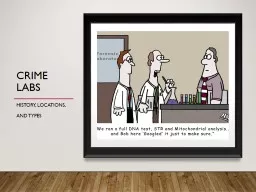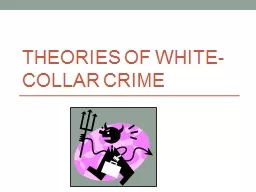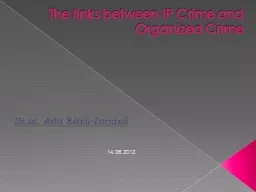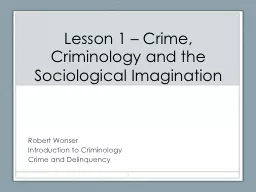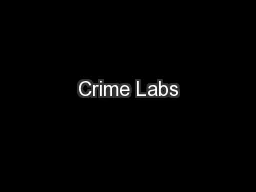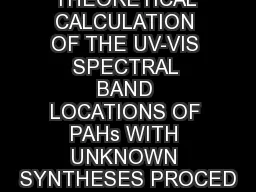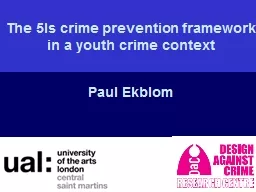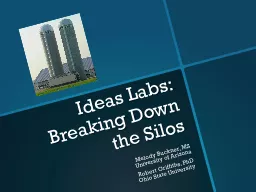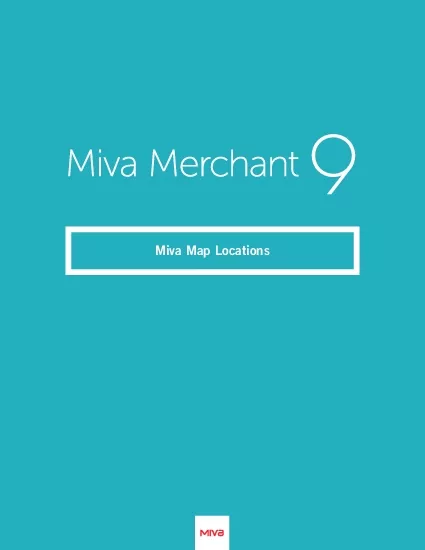PPT-Crime Labs History, Locations,
Author : Heartstealer | Published Date : 2022-08-02
and Types 1923 Los Angeles PD crime lab created by August Vollmer police chief at Univ of California Berkley 1932 FBI under direction of J Edgar Hoover organizes
Presentation Embed Code
Download Presentation
Download Presentation The PPT/PDF document "Crime Labs History, Locations," is the property of its rightful owner. Permission is granted to download and print the materials on this website for personal, non-commercial use only, and to display it on your personal computer provided you do not modify the materials and that you retain all copyright notices contained in the materials. By downloading content from our website, you accept the terms of this agreement.
Crime Labs History, Locations,: Transcript
Download Rules Of Document
"Crime Labs History, Locations,"The content belongs to its owner. You may download and print it for personal use, without modification, and keep all copyright notices. By downloading, you agree to these terms.
Related Documents

